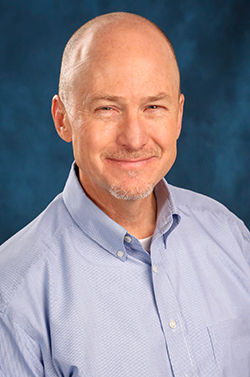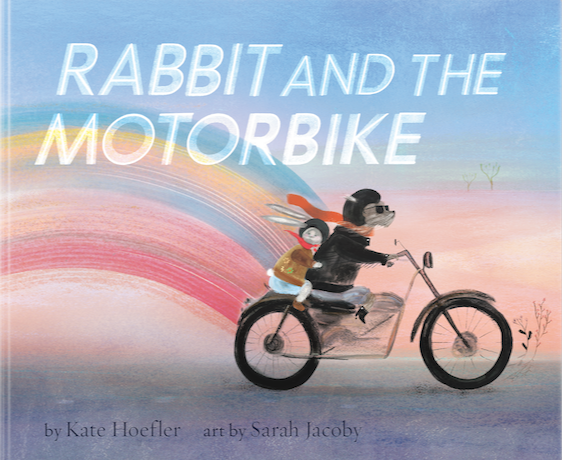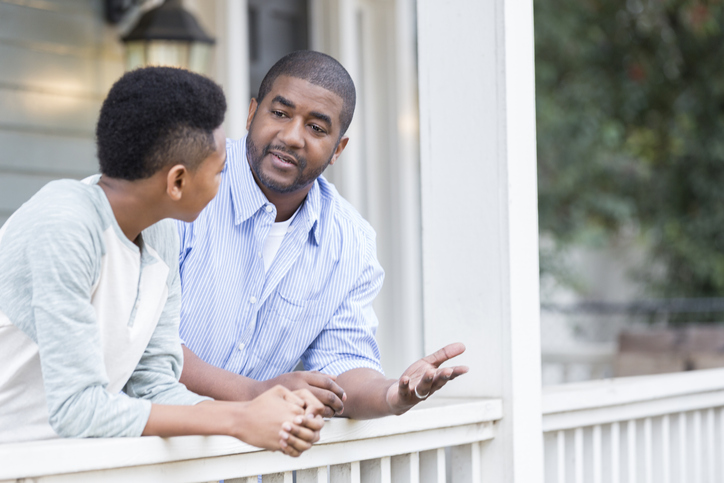Being Sad or Feeling Sad
One of the recent times this happened for me was with Anderson’s Cooper’s excellent grief-related podcast series, All There Is. In one episode, he talks with artist and composer Laurie Anderson who reflected on the deaths of her husband, rock legend Lou Reed, and her beloved dog Lolabelle. At one point in their conversation, they talk about Laurie’s mantra in grief—her aspiration is to “feel sad without actually being sad.” It’s something she is learning from her spiritual mentor, and it’s an idea that Anderson Cooper relates was initially confusing but has been increasingly helpful. To feel sad without being sad.
This may not be a new idea for you, but for many of us, it is a not what we were taught and not how we think about the intense emotions that come with grief and with trauma. It sounds confusing to us, too, at least on first consideration. How is it possible to feel sad without being sad? And what good would it do if we thought of it this way?
A chaplain friend shared an observation that reached for this same idea years ago. We were talking about how to sustain oneself while working spaces filled with serious illness, suffering, and death. He thought that a key was to be able to be “sad but not depressed.” To feel what there was to feel but to not let it consume who you were.
Teens in grief groups often touch on a similar insight. When we brainstorm ways that people can feel after someone dies, sad is usually one of the first feelings listed. As the brainstorming continues, the word “depressed” is commonly listed. When asked about the difference between sad and depressed, it is suggested that sad comes and goes, but depression stays. Sad is a feeling but depression is a state that can become part of our identity, part of our being and who we are.
One time when talking with a parent about their child’s cancer, the parent said something like “we have no more family, it’s just the cancer.” So sad. The cancer had taken over. Looking at their child and at their family, it was hard for the parent to see anything but cancer. Not a child and a family living with cancer but cancer defining a child and family. Cancer was the primary identity, not the people with cancer. Like sad (and other intense emotions) which can become part of who we are rather than what something we—a separate we—feel and experience.
It’s a subtle but important distinction, feeling or being, and it’s a challenge. One approach would be to seek for a “feeling-lite,” to not fully feel an emotion to keep it from entering our being and taking over. But that won’t work in the end for those intense feelings that come with grief and trauma. Halfway measures won’t do as such emotions relentlessly demand to be felt.
Like many new ideas, this concept of “feeling sad but not being sad” is evidently not entirely new for me. Part of what often makes a new idea intriguing is that it resonates with something already there inside of us. There is plowed ground ready for this new seed to take root and grow. Something about this new idea is not so new. It feels like a truth just waiting to be revealed.
It’s possible to feel something but not be that feeling. Feeling anger but not being anger. Feeling guilty but not being guilt. Feeling sadness but not being sadness. We are ourselves striving to feel all there is to feel while maintaining the wholeness of who we are. We are impacted and changed by losses and other profound experiences, but we need not be defined by them. We can surrender to the experience of feeling without surrendering ourselves in the process.
So, we stand in the storm. We put our umbrellas down. We take off the jacket, the hat, and the boots. We feel the sting of the rain. We feel the muck coming up between our toes. Water runs into and out of our eyes. We see the lightning flash and feel the thunder, not just in our ears but down to the center of our being. But we are not the storm. We are ourselves experiencing the storm. And while battered, wet, cold, and tossed about, we remain wholly (holy, perhaps) ourselves.
Thank you, Laurie Anderson’s mentor, Laurie Anderson, and Anderson Cooper. You have reminded us of something helpful and true. It is possible to feel sad and not be sad. Sad and other intense emotions deserve attention and respect, but they are not us. We are more than what we feel.







